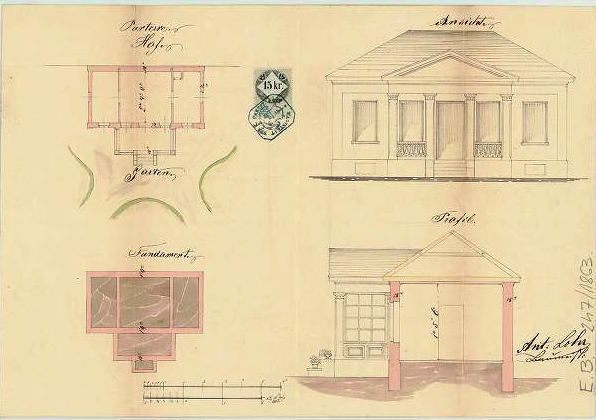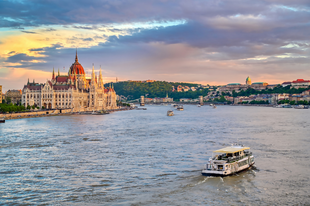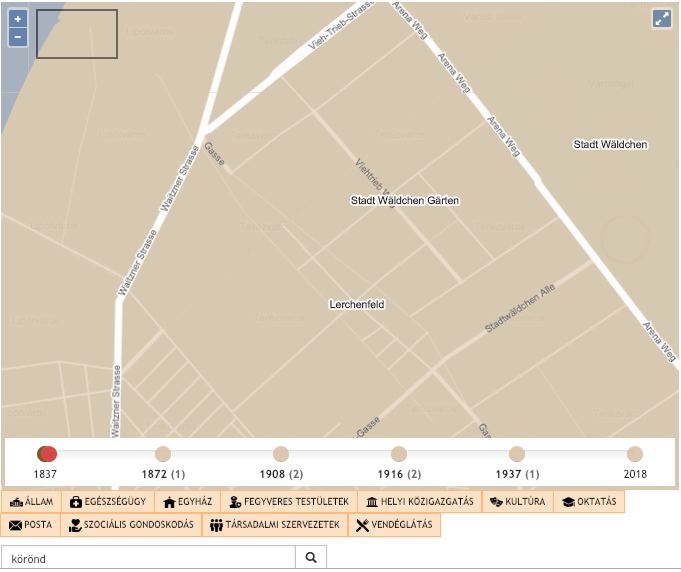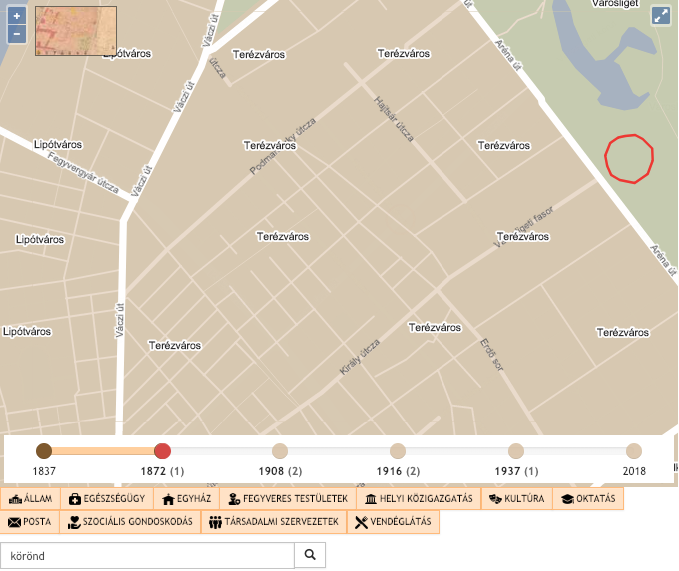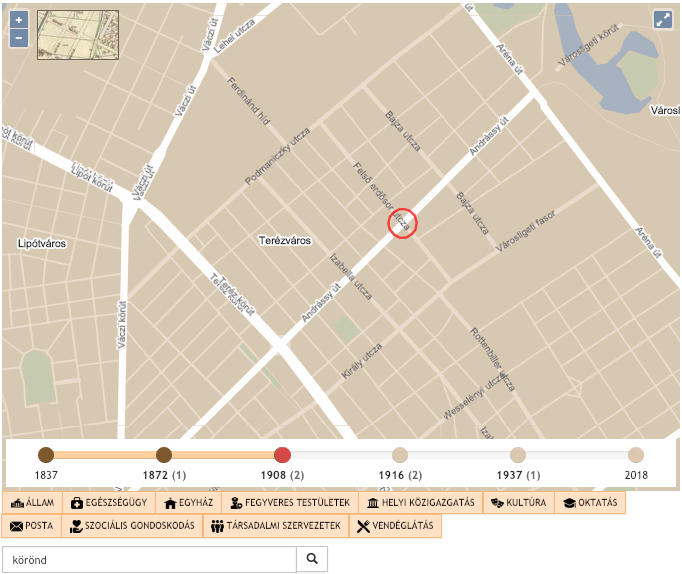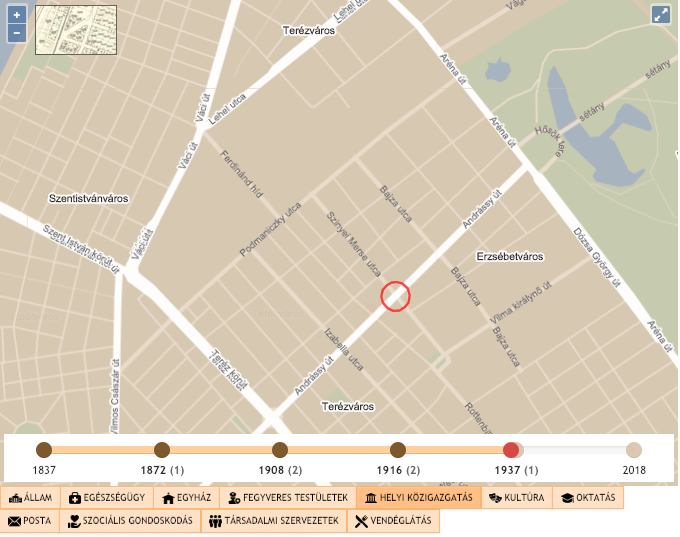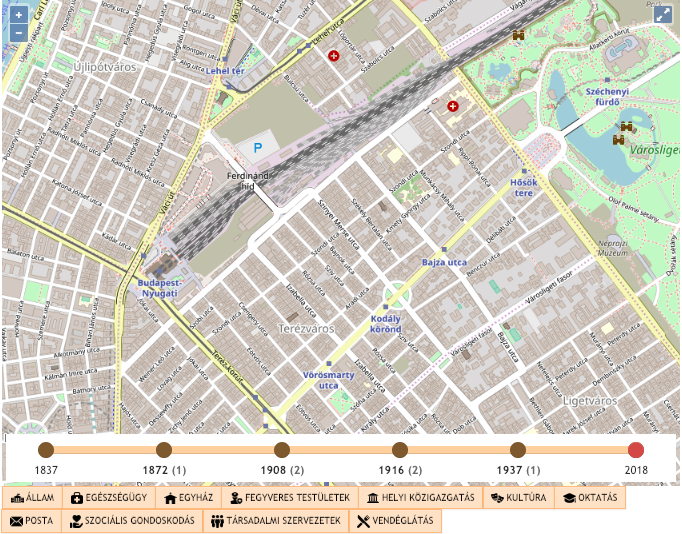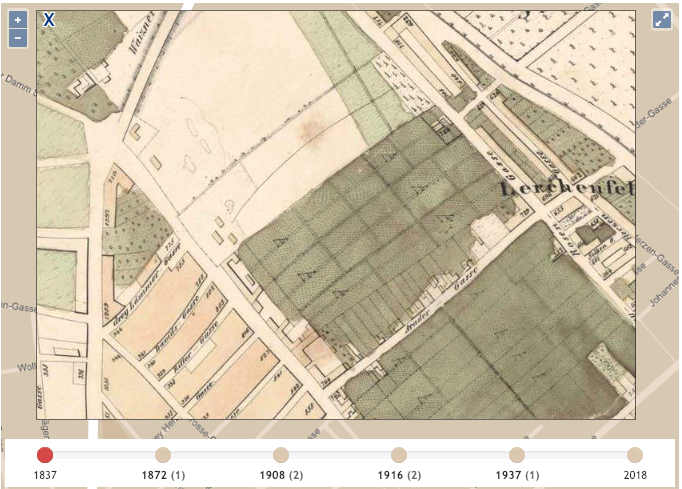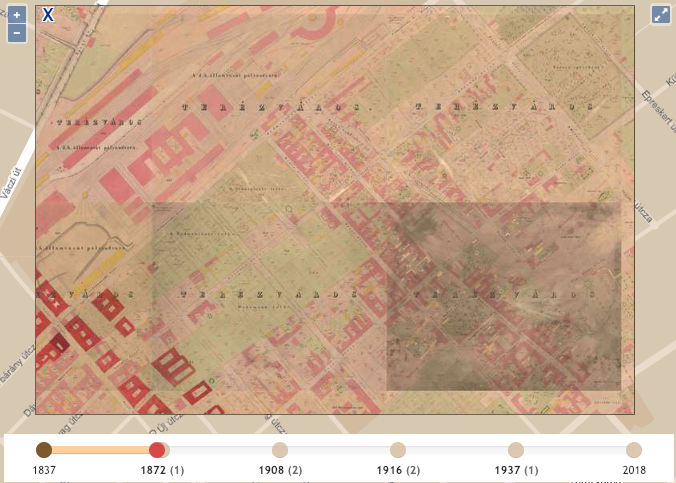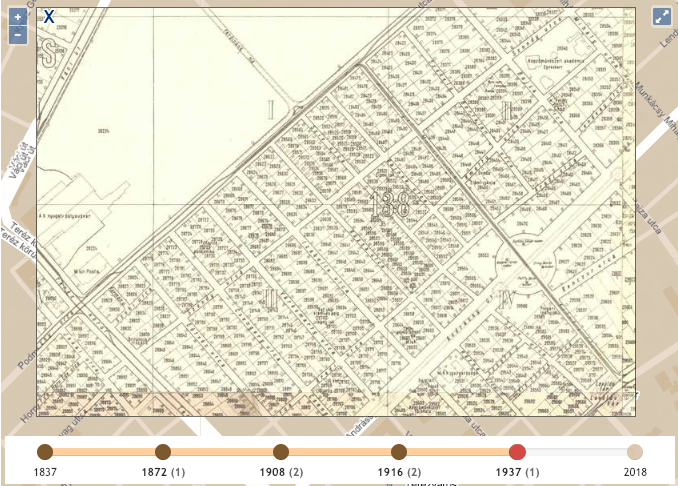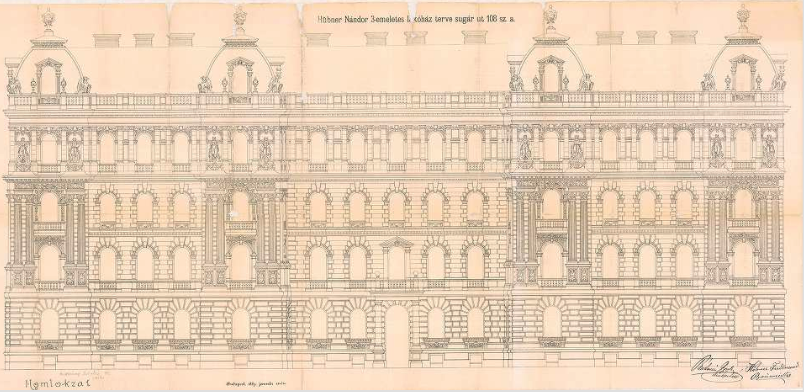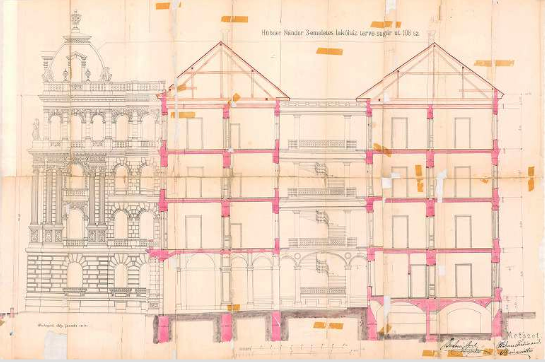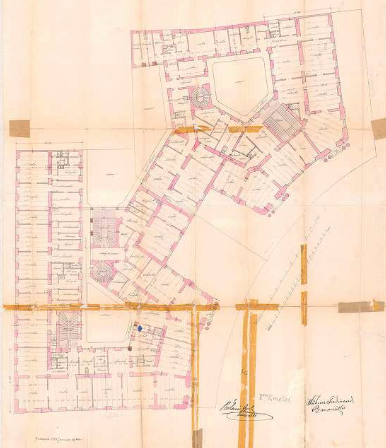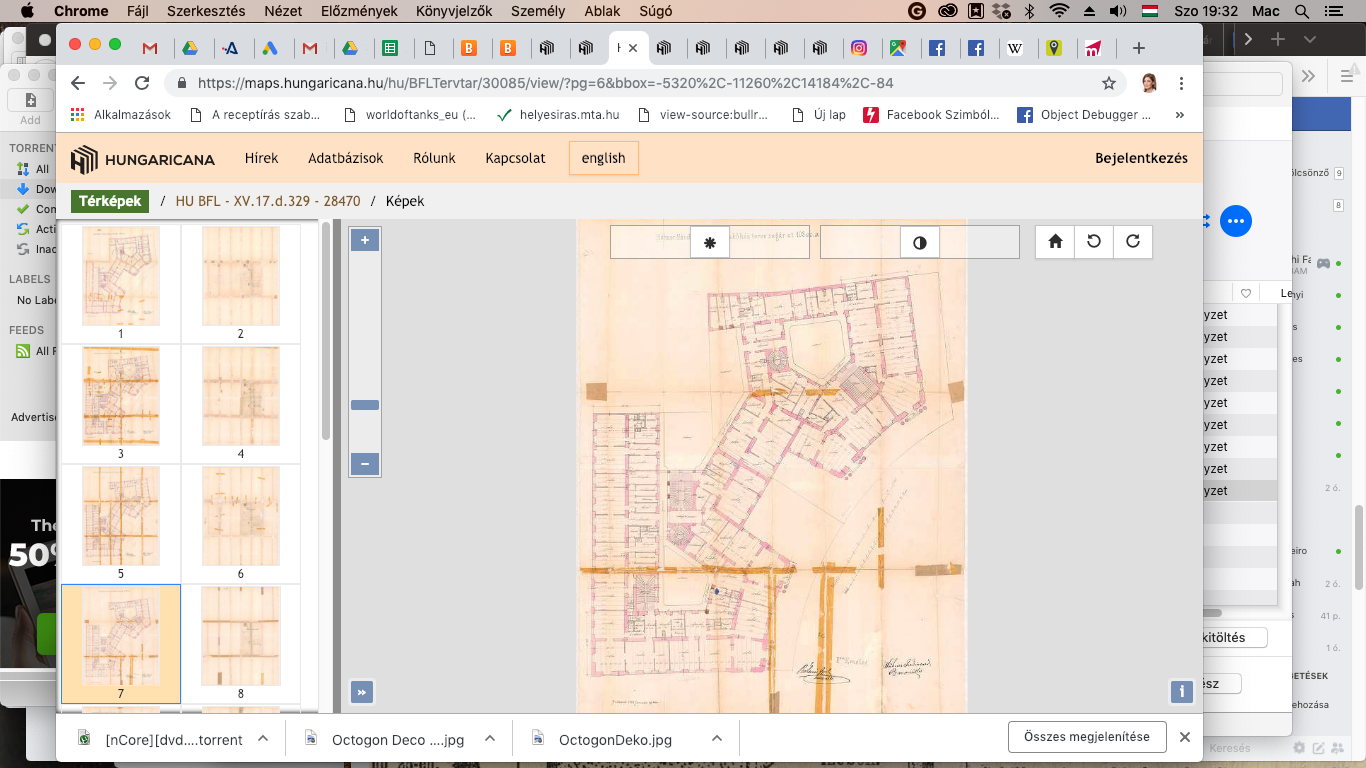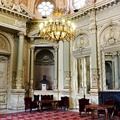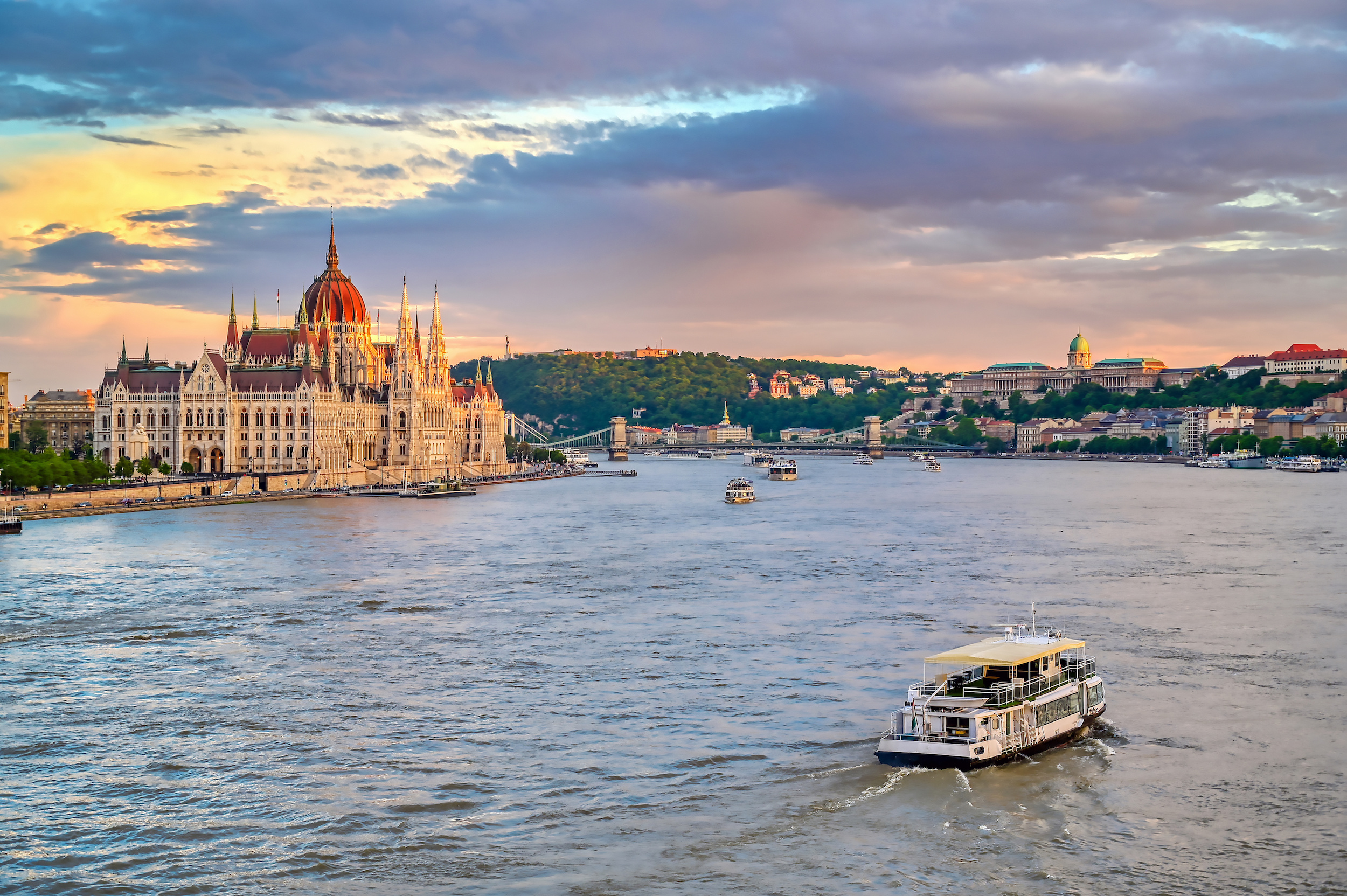
If Budapest is your next travel destination and you would like to learn more about its history then you should definitely read this post! I will show you how to turn back time and discover what a famous location looked like more than 100 years ago.
What is the Budapest Time Machine?
The Budapest Time Machine is a complex database, with a truly outstanding feature: it connects several databases, some of which were previously available in different locations only. Therefore, it can depict concisely how the structure of the city had developed, and give a better idea on how it is changing now and would in the future, in a 100-year-long span.
1. lépés: Pick the part of the city, where you want to do your time travel!
You can begin your historical sightseeing using Google Maps 3D: as you go through the street views you might be inspired to discover certain parts of the city. To make things easier in this post I walk around near Andrássy Street in the more historical parts, since this is an area where we are bound to find many interesting facts and data.
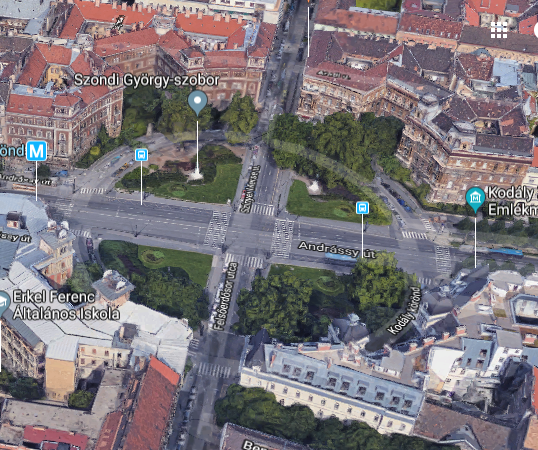
2. step: Explore the location on contemporary maps from different periods!
This is when it gets exciting. One feature of the Budapest Time Machine is the Map, which can show us whether a certain street/square/city part/institution have existed earlier in four different periods (1837, 1873, 1908 and 1937, plus an up-to-date view is also availble), and if so, what was it called and what was the surrounding city structure like. Type in the object you are looking for, and follow its history through 4 time periods on the timeline.
Based on this we can see that the Körönd (nowadays Kodály Körönd, a circus on Andrássy Street) only appears on the city map after 1908, although, interestingly enough, there was an octagonal square next to the City Park in 1872 called “Körönd”. The structure of the neighborhood seems to have stabilized around 1916, while the Körönd was named Kodály Körönd in 1971.
Please note: By clicking on the small map icon in the upper left corner you can see the original maps as well! You can wander around on these, zoom in and out, as you do on the digital versions.
Of course, sometimes you can recognize the changes throughout history just by looking at the maps. As I was examining the 1937 map, I noticed that the names of the statues on Kodály Körönd did not match their contemporary names. Today the sculptures depict Bálint Balassi (poet), György Szondy (hero fighting the Ottomans), Zrínyi (defender of the Kingdom against the Ottomans) and János Bottyán (or “Blind” Bottyán, a hero fighting the Ottomans, and later the Habsburgs).
Do you know what happened?
The statues of Bocskai (Prince of Transylvania) and Bethlen (prominent figure of the 17th century, King elect of Hungary and Prince of Transylvania) were taken to the Heroes’ Square in 1945, to replace the members of the Habsburg dynasty on the Millennial Memorial, and these two statues are still there today. The statue of János Pálffy, Hungarian noble, Imperial Field marshal, and Palatine of Hungary from 1741, however, was pulled down in 1955, and in 1959 the statute of Bálint Balassi was put on its empty pedestal.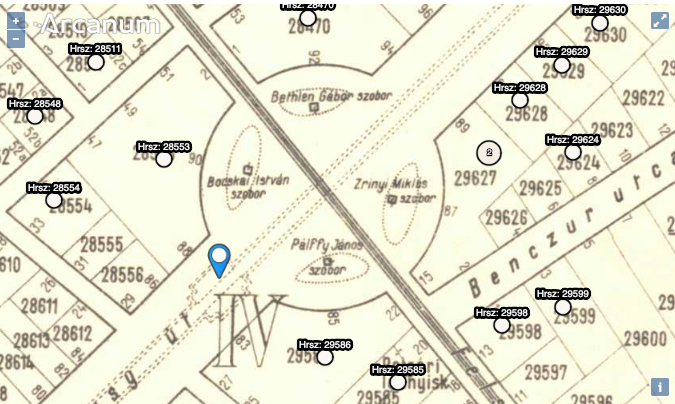
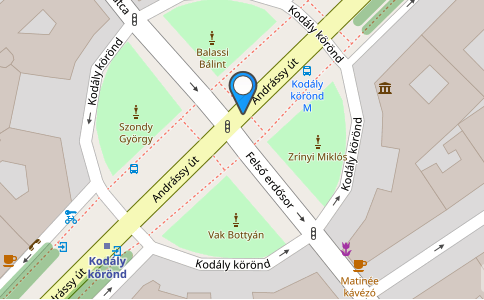
3. step: Let’s start researching: who has built what, when and why?
On the Data platform of the Budapest Time Machine, we can reach sources on the properties by clicking on the topographical lot number: This may not interest the average user very much, but that changes as soon as we find blueprints and photos of the neighborhood in a given record. It is worth it to take a look at archival sources as well, although it is true that we are bound to run into notarial acts, only a small portion of which are interesting.
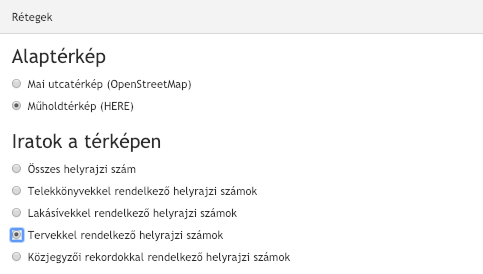
Advice 1: We can find interesting stories easier, if we select “Tervekkel rendelkező helyrajzi számok” (“Topographical lot numbers with blueprints”) below the map. This way we can filter for those lot numbers on the map, which allow us to take a look at the blueprint.
Advice 2: Also here, under “Budapesti Történelmi Térképek” (“Historical Maps of Budapest”), we can select which map should be the base map, the contemporary one or a historical one. In addition, we can pick the vector version of any of these. And that is not all! By using the slide, we can make the older maps “transparent”, and compare it easier to the contemporary layout.
The Land Registers can tell you a lot of information about the economic and social status of the builder, and they contain authentic and detailed data on the changes of condition and ownership, as well as on the mortgage taken out on them.
We can find out a lot about the four buildings around the Kodály Körönd if we meticulously go through the combined databases. They tell us why the buildings were built, what function they served, and what lovely holiday homes surrounded them in the 1860s.
4. step: An extra advice: you can enter a name into the complex search and look into that!
If you type the name of a given location into the cumulated database, the system will list varied hits, which are a goldmine of their own. To stay with Kodály Körönd, I followed this strategy for example, and found a general lay-out, which was part of a series of plans on the town planning of Pest around 1864.
A lovely little holiday home on the avenue: the blueprints are available.
